

September 2024


• The mayors of Saint-Lazare : John Simpson
• Founding families of Saint-Lazare : The Gareau family
• Soapbox races
• The history of the Bissonnette family
• Patience vaincra — a book commemorating Saint-Lazare 150th anniversary

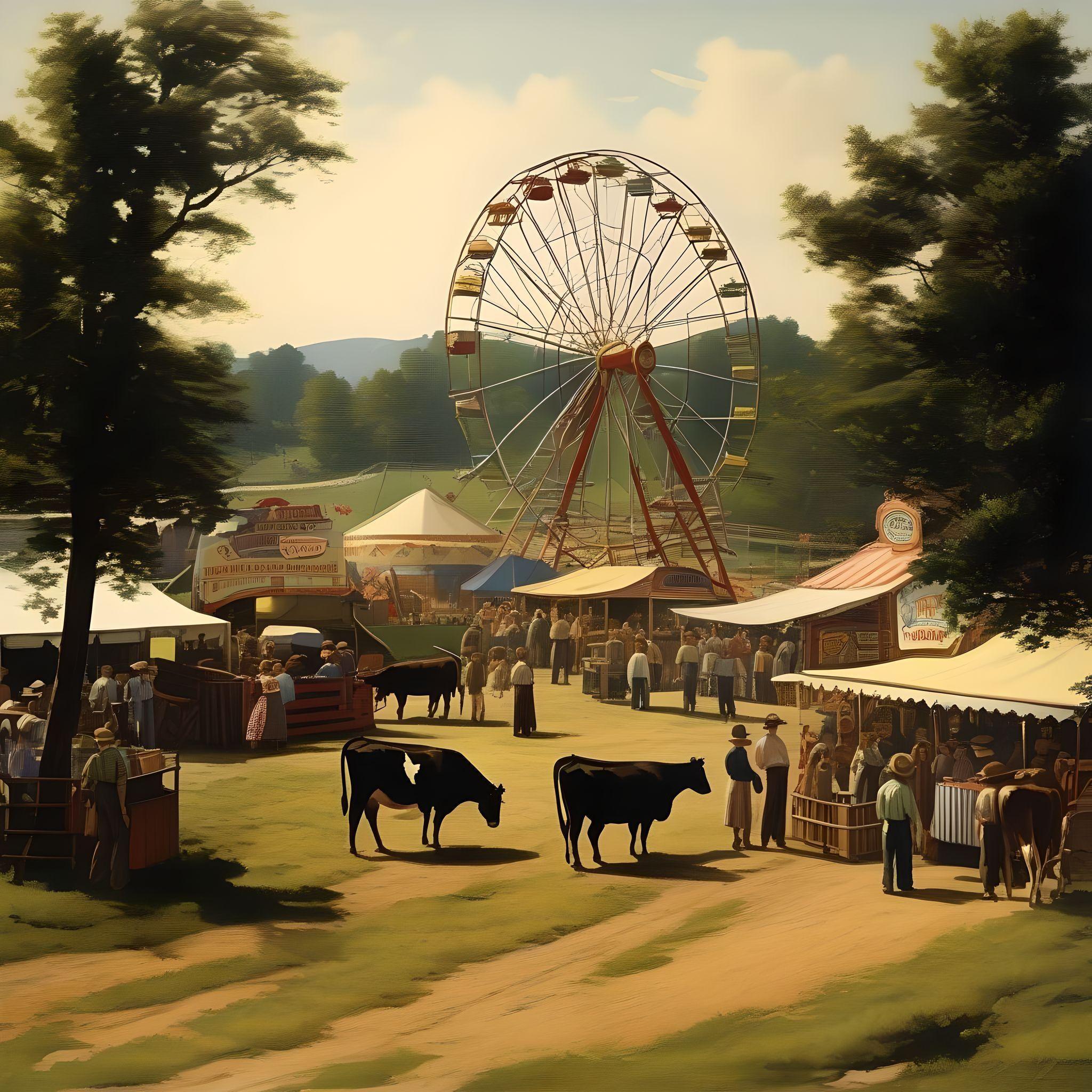

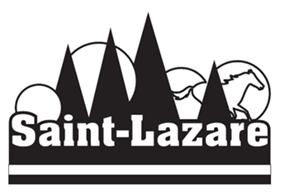

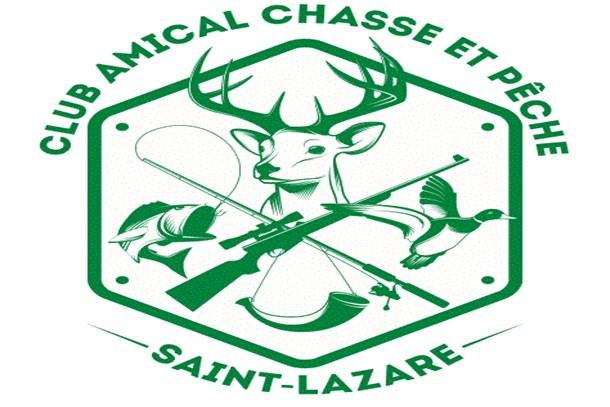

Way back when is the Saint-Lazare historical society’s historical magazine published 3 times a year, in January, May and in September.
The content of this publication may be reproduced with the acknowledgment of the source on the express condition of having obtained prior permission from the SaintLazare historical society.
Editor: Paul Lavigne
Corrector: Lyne Boutin
Lifetime membership in the Saint-Lazare historical society as a civil member is free. By becoming a lifetime member, you will receive the link to our digital magazine 3 times a year and you will benefit from preferential rates for our events.
You can find the membership form on our website www.shsl.ca under the heading Becoming a member.
The rates for becoming a corporate or institutional member of the Saint-Lazare historical society are as follows:
GOLD level member (1/4 page add) : $200.00 per year
SILVER level member (1/8 page add) : $150.00 per year
BRONZE level member (1/16 page add): $100.00 per year
To become a corporate or institutional member, contact the SLHS via email at info@shsl.ca and we will gladly inform you about all the other advantages.
The mayors of Saint-Lazare : John Simpson
Founding families of Saint-Lazare : The Gareau family
Soapbox races
The history of the Bissonnette family
Patience vaincra a book commemorating Saint-Lazare 150th anniversary Saint-Lazare Historical Society’s board of directors
President: Donald Simpson
Vice-president: Anick Chevrier
Treasurer: Emma Mergl
Secretary: Paul Lavigne
Administrator: Robert Rozon
Administrator: Manon Leroux
Administrator: Gisèle Gareau
Administrator: Lyne Arbec
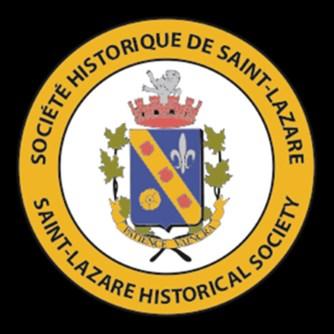
Many thanks to our valued collaborators
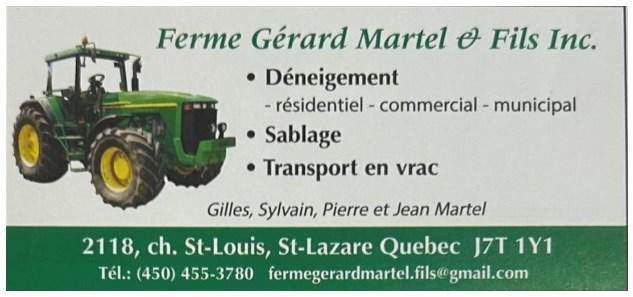
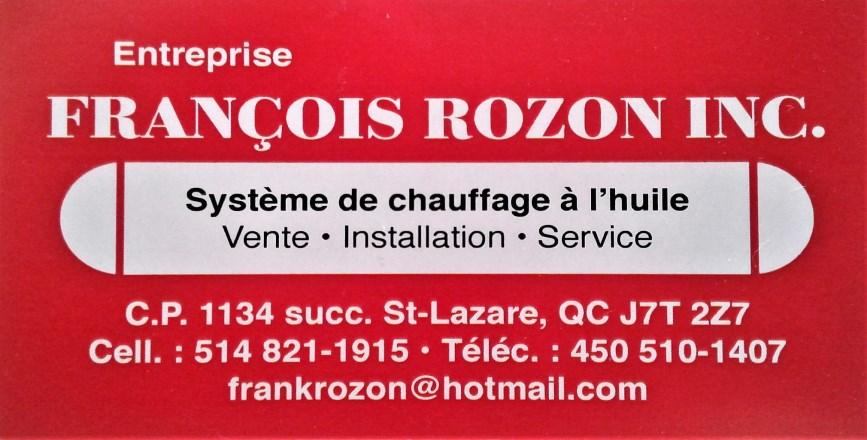
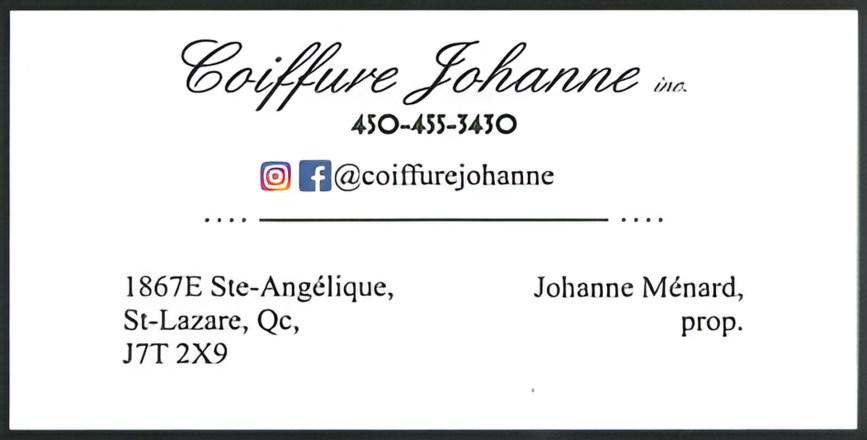
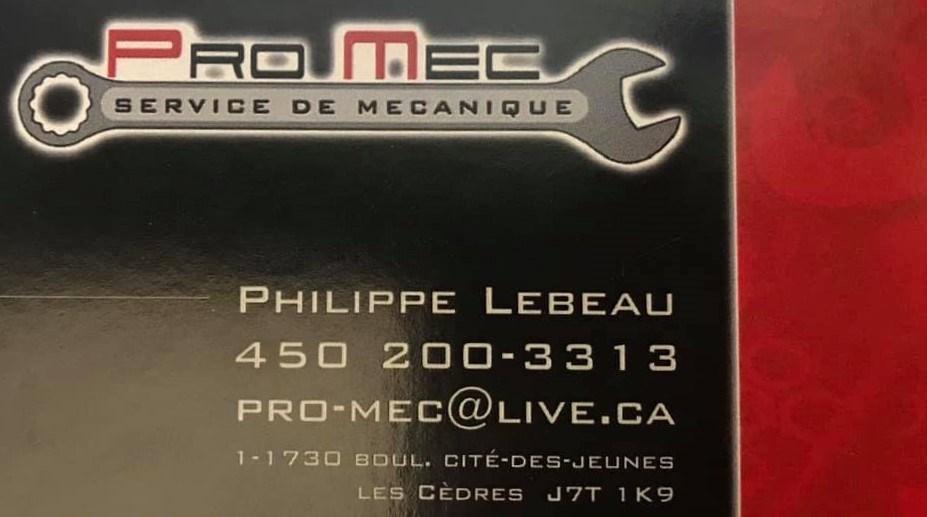


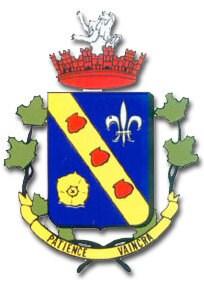
As part of the commemorations surrounding the 150th anniversary of Saint-Lazare, the SaintLazare historical Society is taking this opportunity to highlight the contributions of the mayors who have left their mark on the history of our city. In this third installment, we highlight the contribution and life of John Simpson.
The mayors of Saint-Lazare John Simpson
Mayor of Saint-Lazare from 1907-1919
By Paul Lavigne
John Simpson was born on December 6, 1855, in Vaudreuil. His father, Isaac Simpson was born in 1814 in the parish of Kirkland in the county of Cumberland in England and emigrated to Canada in 1832 at the age of 18. His mother Sarah Lancaster was born in 1825 in the parish of Addingham, also in the county of Cumberland in England and emigrated to the seigneury of Vaudreuil with her family at the same time and settled on côte SaintCharles.
Their marriage in 1841, was the first officiated by the Reverend James Pyke in the new Anglican church, located in Hudson Heights on Main Street west of the côte Saint-Charles.
Isaac Simpson was politically active in the parish of Vaudreuil and was appointed as an officer of the parish in the 1850s. John was the brother of William Robert, Caroline, Joseph, Isaac Jr., Sarah-Ann and Jacob.
John Simpson was a farmer, just like his father, and had inherited the same passion for municipal politics, hence his desire to get involved in the new municipality of SaintLazare. He became a city councilor at the age of 37 and served from 1892 to 1900 and from 1903 to 1906. In 1907, he became mayor of Saint-Lazare, becoming the 11th mayor and the first of English origin. He was mayor during the difficult period surrounding the start of the First World War and was appointed préfet of the county of Vaudreuil in 1908. He remained in office as chief magistrate until early 1917. His municipal career, spanning over 22 years, makes him one of the longest-serving politicians in the history of Saint-Lazare.
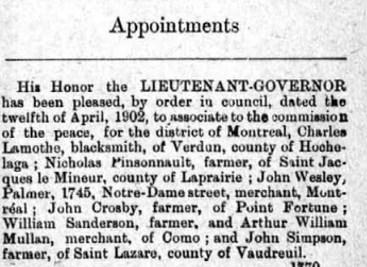
On April 12, 1902, the Lieutenant Governor of Quebec Louis-Amable Jetté appointed him justice of the peace, a position he held until his death. John Simpson never married and died on January 24, 1919, at the age of 64. He was buried in the Anglican cemetery of the parish of Vaudreuil in Hudson Heights.
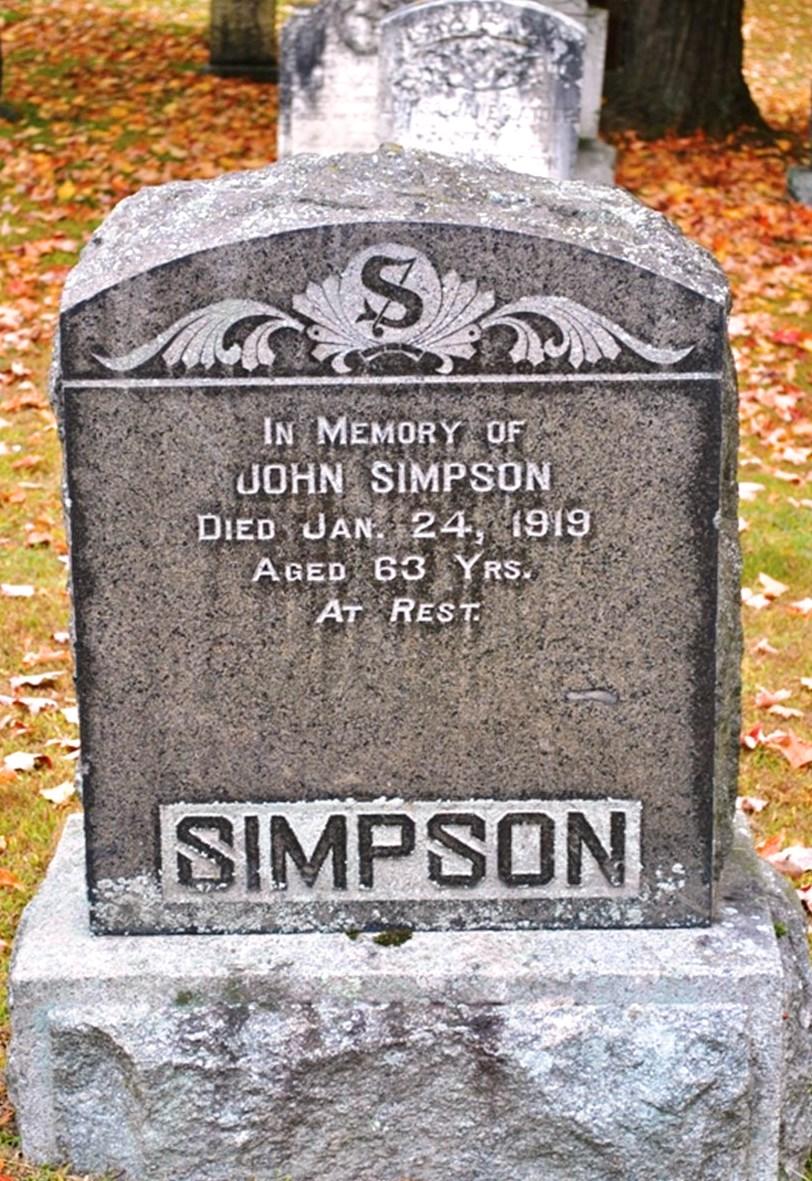
Gravestone of John Simpson, Hudson cemetery (collection Don Simpson)
Official announcement of the appointment of John Simpson as Justice of the peace (collection Don Simpson)
Founding families of Saint-Lazare
The Gareau family
By Donald Simpson
At the time of the founding of Saint-Lazare in 1875, several families had already been established there for about 100 years! The concession of côte Saint-Louis was opened in 1774 and the one of côte Saint-Charles, in 1811. In this article, I will talk about one of these founding families, the Gareau family.
The first Gareau
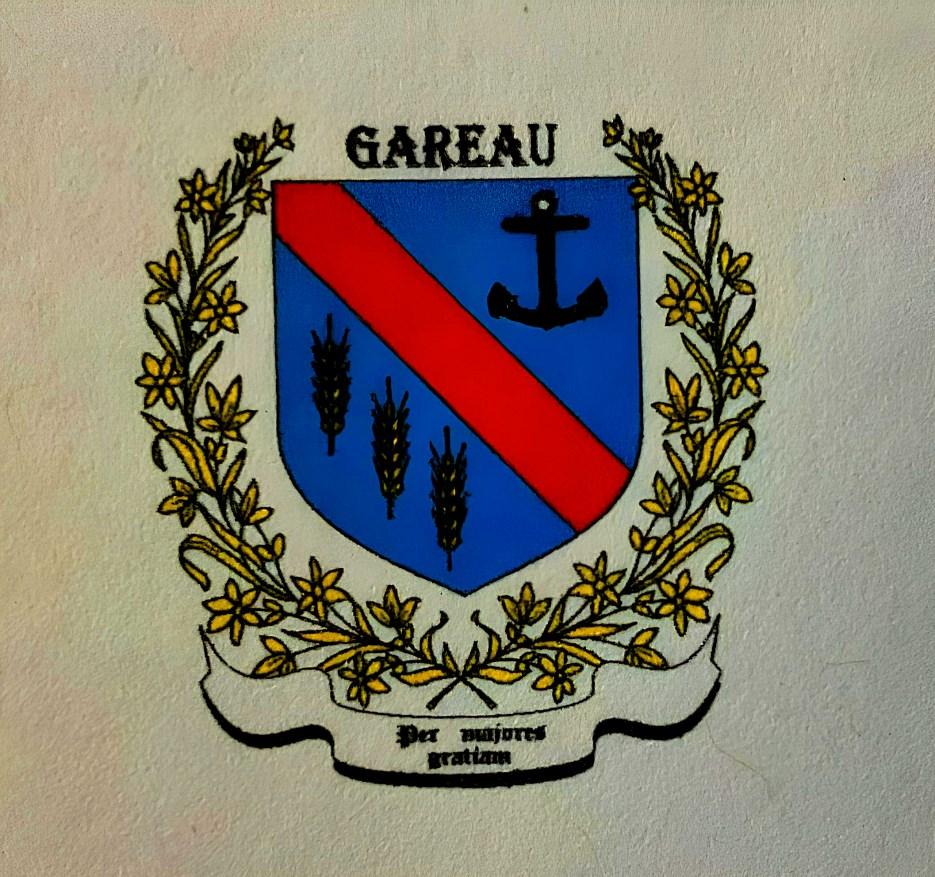
The armories of the Gareau family (collection Gisèle Gareau)
René Gareau was born on February 22, 1730, in Vay in the diocese of Nantes in France. He is the son of Mathurin Gareau and Julienne Masson. René Gareau enlisted as a soldier in the compagnie Franche de la marine and arrived in New France in 1755 as a soldier in François-Marie Le Marchand de Lignery’s company.
On May 21, 1759, he married Marie-Anne Larivière in the parish of Sainte-Anne de Bellevue. The couple eventually settled in the parish of Saint-Joseph de Soulanges in Les Cèdres.
The couple had a total of eight children: Catherine, Antoine, Paul, Geneviève, Marguerite, François, Amable and Amable. René died on January 9, 1814, and his wife Marie-Anne died on August 7, 1801. Both were buried in Les Cèdres.
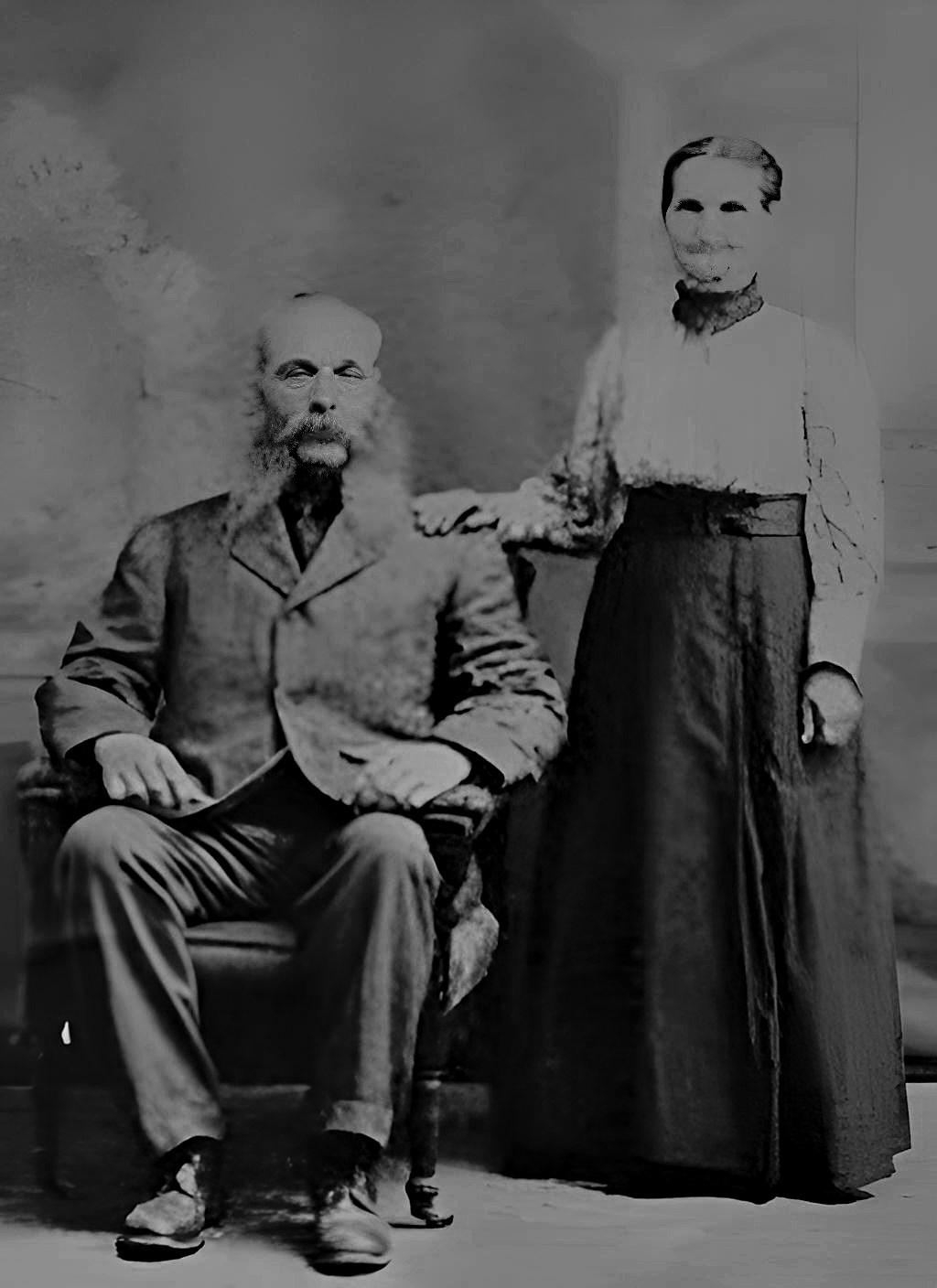
Second generation :
Antoine Gareau was born on July 19, 1768. He was baptized in the parish of Les Cèdres and married Elisabeth Hénault on January 7, 1794, in the parish of Sainte-Anne de Bellevue.
Third generation :
Joachim Gareau was born on January 25, 1802, and was baptized in the parish of Vaudreuil. He married Julienne Castonguay on February 9, 1836, in the parish of Vaudreuil.
The couple later settled in the parish of Vaudreuil. They had had 9 children: Antoine, Judith-Marie, Eugénie, François, Joachim, Adélaïde, Jeanne, Joseph and André.
The couple had 15 children: Joachim, Clovis, Julie, Antoine, Cyprien, Isaïde, Evelina, Alfred, Clerilda, Anastasie, Luc, Pierre, François-Xavier, baptized son and Arthur.
This couple settled in the seigneury of Vaudreuil on la côte Saint-Louis / SaintFrançois. Joachim died on January 14, 1873, and was buried in Vaudreuil. Julienne died on May 28, 1893, and was buried in Saint-Lazare.
Fourth generation :
1- Cyprien Gareau was born on July 27, 1846, in the parish of Vaudreuil. On July 31, 1871, he married Alexina Martel in the parish of Vaudreuil.
The couple had at least 13 children. Edmond, Souphranie, Philias, Nicéphore, Flore, Lazare, Elizabeth. Achille, Augustine, Joseph, Arthur, Cyprien and Nazaire.
Antoine died on March 23, 1833, and Elisabeth died on June 28, 1855. Both were buried in Vaudreuil.
Alfred Gareau and Julienne Martel (collection Lucie Castonguay)
Cyprien Gareau was a member of the Vaudreuil Rifle Company during the Fenian Raids (18661871). In 1875, when our city was founded, we find Cyprien and Alexina on the territory of SaintLazare. They would later move to Ontario but are therefore part of the founding families of SaintLazare (married couples and not children or single people).
2- Alfred Gareau was born on November 4, 1856, in the parish of Vaudreuil and on February 28, 1876, he married Julienne Martel in the parish of Vaudreuil. The couple will have at least 8 children: Edmond, Joseph, Pierre, Joachim, Flore, Amédée, Arthur and Marie-Anne.
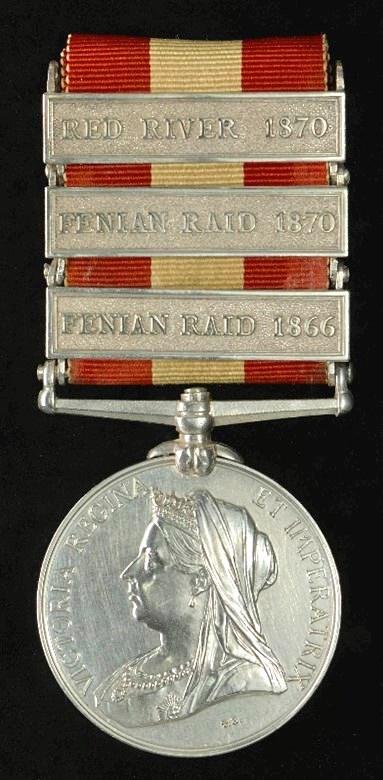
Alfred died on March 14, 1914, and Julienne on December 31, 1915. Both are buried in SaintLazare. Although this couple was married after the founding of Saint-Lazare and are not considered one of the founding families but most of the Gareau of Saint-Lazare are descendants from them.
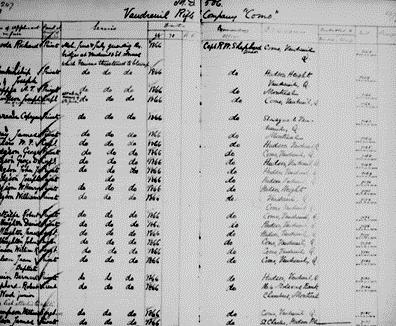
Recipient of the general service medal of Canada 1866-1870 (Fenian Raids). Cyprien Gareau is honored (Bibliothèque et Archives Canada)
The general service medal of Canada (Bibliothèque et Archives Canada)
Many thanks to our valued collaborators
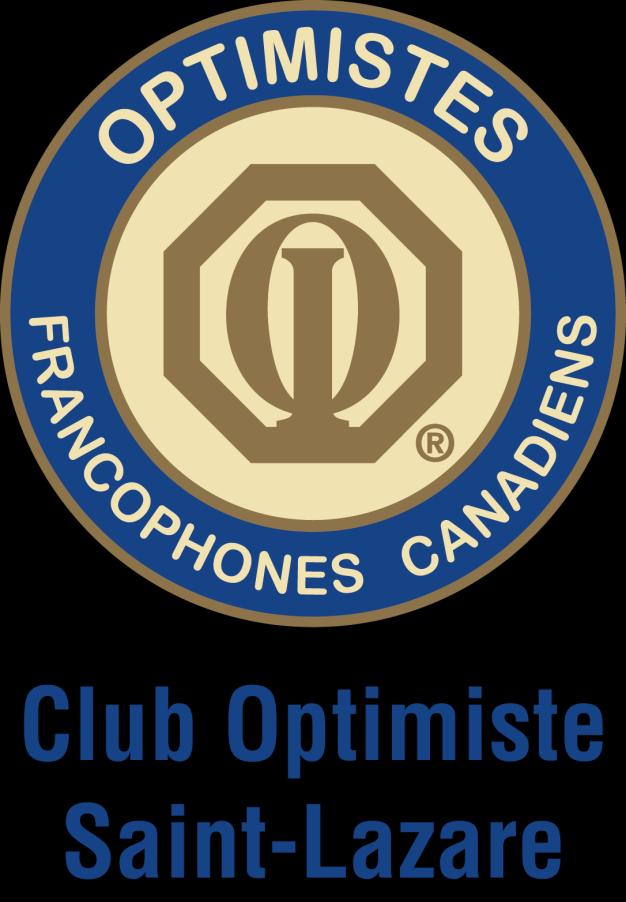
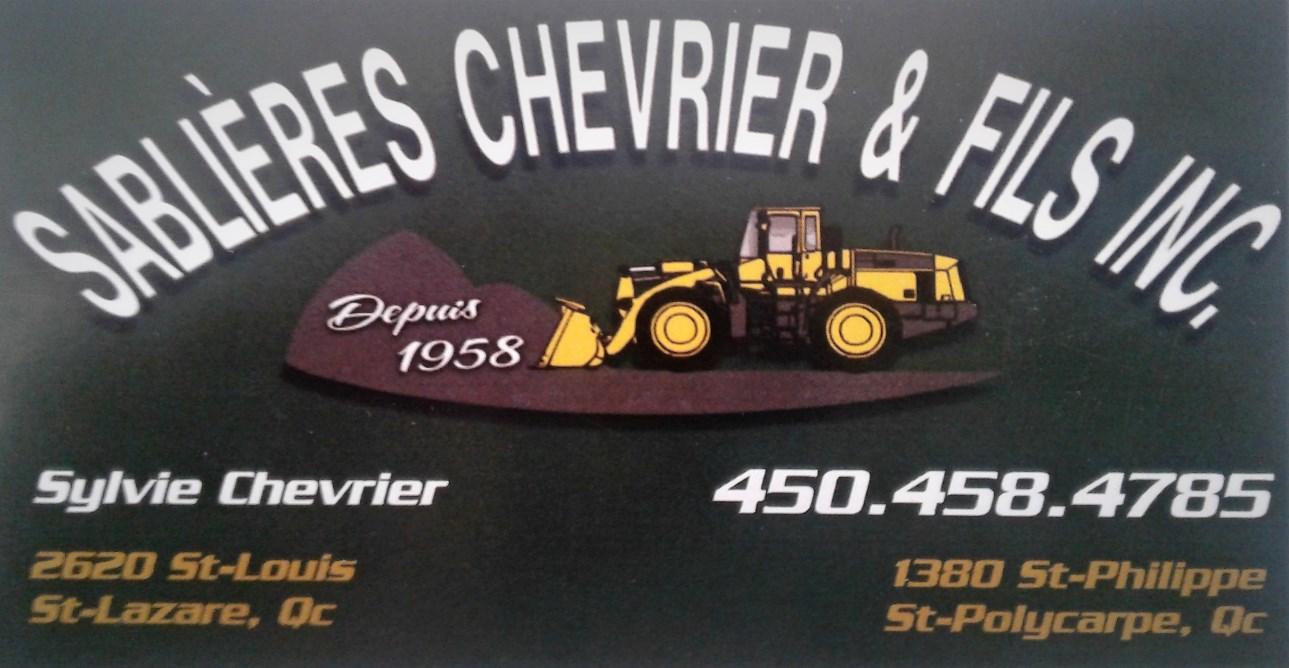



Soapbox races
By Robert Rozon
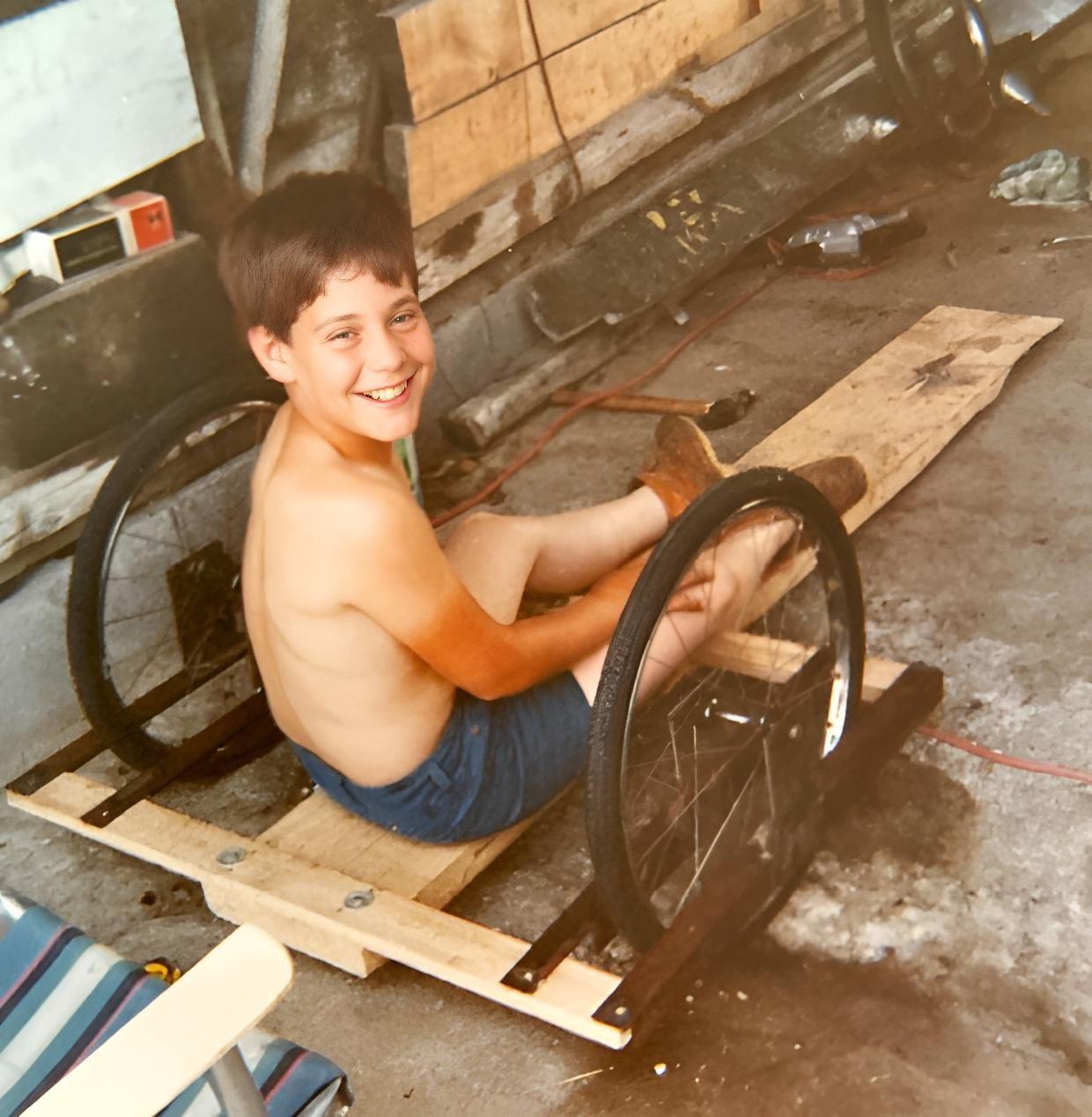
The soapbox is also called a soapbox, or "tacot" in Quebec, as in the title of the short film by filmmaker André Melançon released in 1974. It is a vehicle without an engine that moves by the force of gravity alone. Born in the United States in 1933, the soapbox took off worldwide from the idea of a soap merchant who developed and placed a construction plan for a vehicle to slide into the boxes (made of wood) that were used to deliver soap.
The children, after building their soapboxes, found themselves in all the streets of the country. A few months later, in Ohio, the first official Soapbox race was held. In a few years, soapbox races could be found in Europe and particularly in Germany at the end of the Second World War. The Annual Kinsmen Coaster Classic, the first soapbox race in Montreal, began in 1938.
Now that we know a little about the history of soapboxes, I’ll tell you about my own experience, when I was a child. I think it was in the early 80s when my father had seen an ad in the local newspaper saying that there were going to be soapbox races in Les Coteaux.
A young Robert Rozon evaluating the progress of the work (collection Robert Rozon)
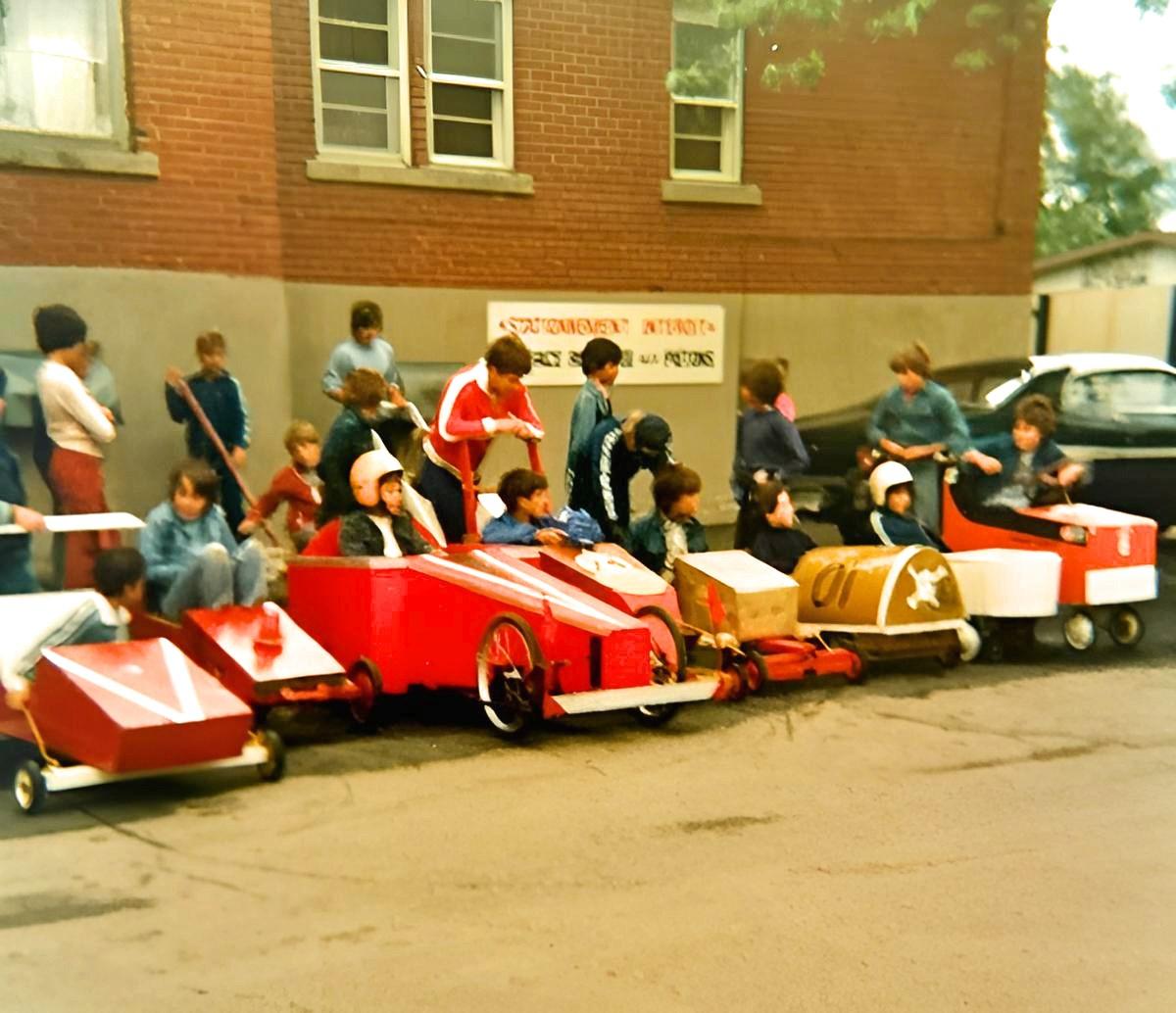
My father asked me “would you like that?” I quickly replied “Sure! But I don’t have a soapbox.” His reply was: “I’ll make you one.” That’s when it all started. My soapbox was made without any plans, he built everything from his experience, with bicycle wheels because we didn’t know at the time that there were wheels specially designed for these types of vehicles. But it didn’t matter, I had one major advantage: brakes (the kind where you brake by pedaling backwards). The others had to crash into bales of straw to stop, but not me.
Gaétan Paiement, who had a welding shop here in the village. The frame was made of ¾inch plywood and covered with fiberglass to ensure its durability. Once everything was assembled, all I that was missing was a steering wheel. My father and I went to the Mr. Blais’ garage, and I remember Mr. Blais, Michel's father, who showed me a small steering wheel like in racing cars. I was happy, a real racing wheel and I remember the price: $30.
The principle of soapbox racing is to let yourself go down a hill where gravity does the work for you, but as some of you know, in Les Coteaux, there are not many hills to gain momentum. So, for the races here, the principle is a little different. There is of course a driver but there is also a person who pushes the soap box. During the race, when the pusher is tired, we change roles: the driver takes the place of the pusher and vice versa. Let's say that I had a very good teammate, my cousin Michel Léger. I won a few trophies but the one I cherished the most was the one for the most beautiful soapbox. Once the races were over, my father would buy us dinner at the restaurant, it was our reward for the day.
My father, true to his image, built it “heavy duty”, because at the end of the Les Coteaux race, it was always a demolition race. I can tell you that I always came back with all my parts, nothing broken. When my father made something, it was always solid, and all the metal parts were cut with a hacksaw. When he needed welding, he went to see Mr.
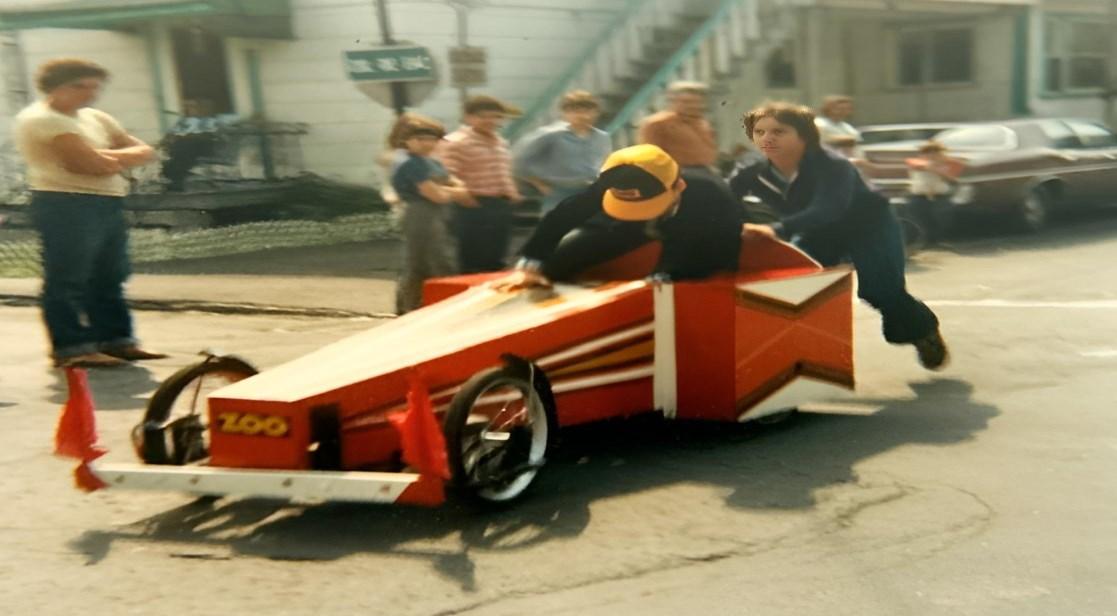
Soapbox races in Les Coteaux (collection Robert Rozon)
Changing drivers during a race (collection Robert Rozon)
There were other places where I competed: Beauharnois and of course, Île-Perrot (the Don Quichote hill) where the race was more official, there were rules to follow. The soapbox, with the driver, had to have a certain weight, if you were too light you could add weight and if it was the opposite, you had to remove it. As mentioned, mine was heavy duty, so my father had to remove weight, and the only possible way was to remove the frame. To my great disappointment, my box was much less beautiful, but it didn't matter, the main thing is that I was having fun.
After a few years, I stopped racing as I think there was an age limit, so I stored my soapbox in the barn at my maternal grandfather's house. I few years later, I lent it to the IGA in Saint-Lazare for the first races in the village. I then put it back in its place in my grandfather’s barn until the day I asked my friend
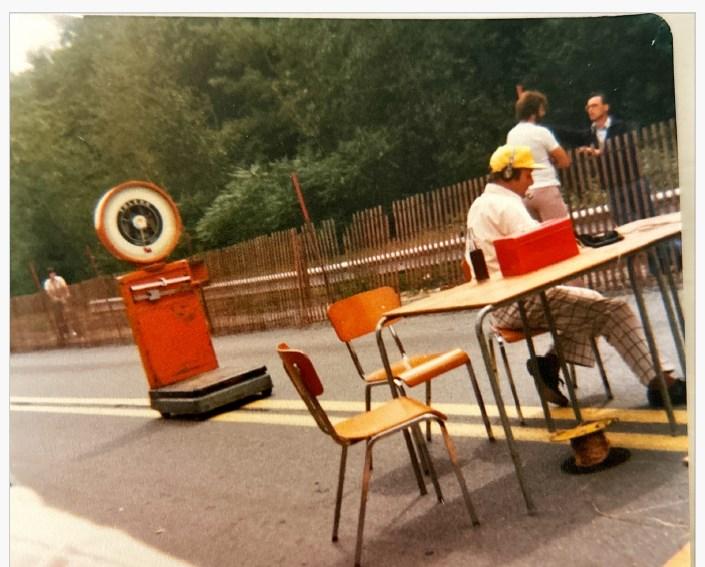
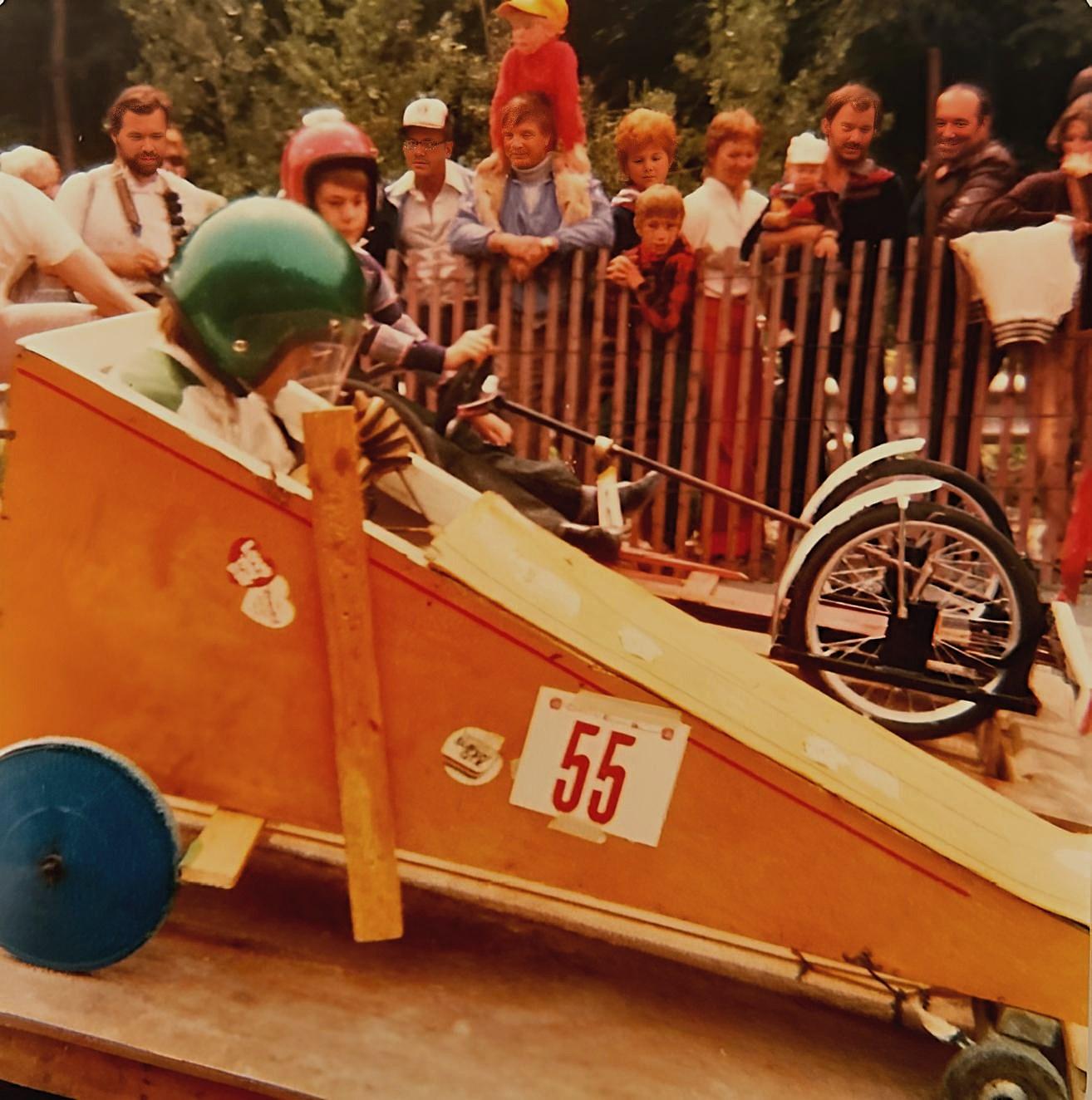
François Meloche, who has several grandchildren, if he was interested in having it for his grandchildren’s amusement. He said yes, but his children had also grown up and had become much less interested in the soapbox. He asked me if I would take it back, and I replied: “I don’t have any room, if you want to sell it, sell it”, phew! I told my story to my friend Anick Chevrier, our vice-president whom many of you know. She told me: “Robert, you can’t see the soapbox that your father made with his own hands!” Since I didn’t have any room at home, we asked the Mergl farm to store it.
I have since donated my soapbox to the SaintLazare historical society, and if one day the races return, we will be happy to exhibit it on the race site.
The official weigh-in for a race (collection Robert Rozon)
Start of a race with a frameless soapbox (collection Robert Rozon)
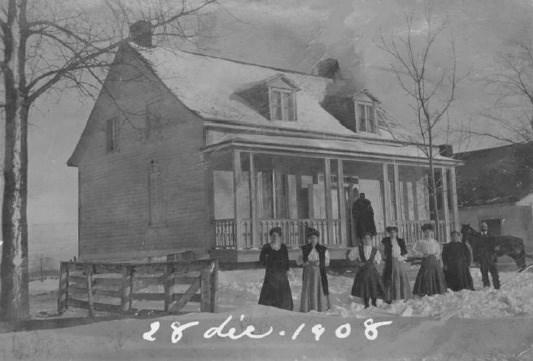
The ancestor of the Bissonnette family, Pierre Bissonnette (1628-1687) arrived in Quebec around 1658. Son of Jacques and Guillemette Debien of the Saint-Pierre Parish, La Roche-surYon, Vendée, France
The history of the Bissonnette family
By Gisèle Gareau
1. Pierre Bissonnette, miller, married on October 9, 1668, in Québec, Marie Dallon, the daughter of Michel and Marguerite Véronne of St-Pierre d’Oléron, diocese of Saintes, Saintonge France. They will have at least seven children. (Jacques, Jean, Marie-Madeleine, Pierre, Marie, Anne-Françoise, André and Jacques) Pierre died on August 7, 1687, at the age of 59.
The house of Richard Bissonnette and Adèle Marleau (Valentine, Marie-Joseph, Maria, Adèle, Laure, Adèle Marleau and Richard Bissonnette (collection Gisèle Gareau)


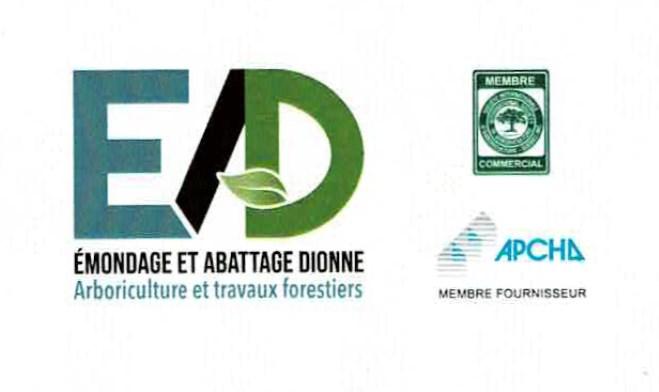
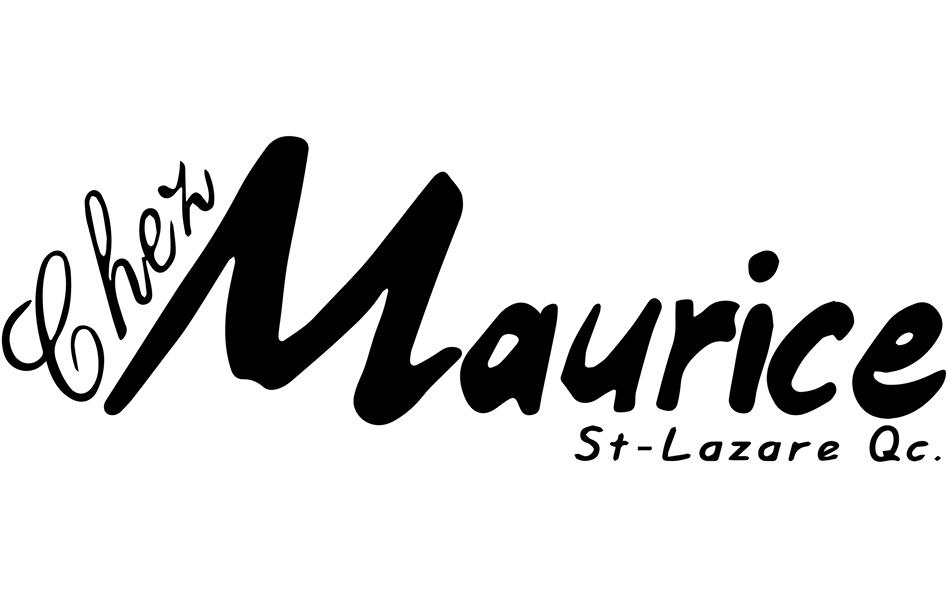
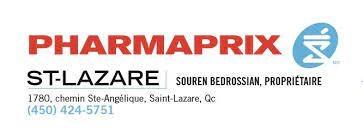
2. Jean Bissonnette, miller of Sieur Gallard in 1715, married in 1692 in La Durantaye, Charlotte Davenne, daughter of Charles and Marie De Noyon of Château Richer. They will have at least 7 children (Marie-Charlotte, Suzanne, Jean, François, CharlesAlexandre, Louis, Suzanne and Françoise Hilaire) Jean died on May 15, 1715, at the age of 45.
3. Jean Bissonnette married on July 19, 1720, in Baie St-Paul, Quebec, Marie Lavoie, daughter of René Lavoie and Marguerite Bouchard. They will have at least 6 children (Marie-Catherine, Charlotte, Marie-Desanges, Louis, Joseph Marie and FrançoisAntoine)
4. François-Antoine Bissonnette married on January 11, 1763, in Baie St-Paul, Charlotte Gagnon, daughter of Jean-Baptiste Gagnon and Cécile Kaorate. They will have at least 1 child (JeanFrançois). François-Antoine died on November 14,
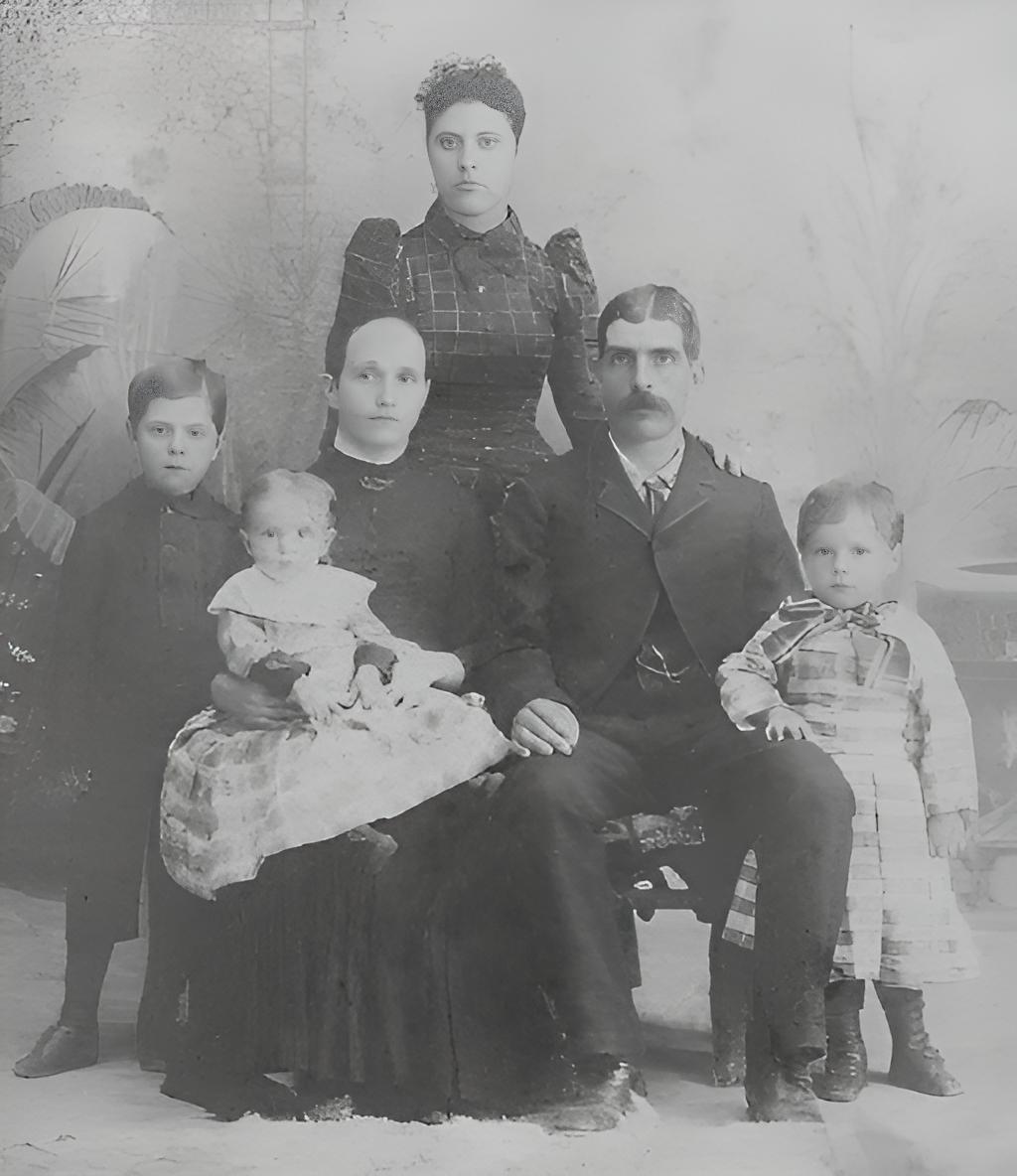
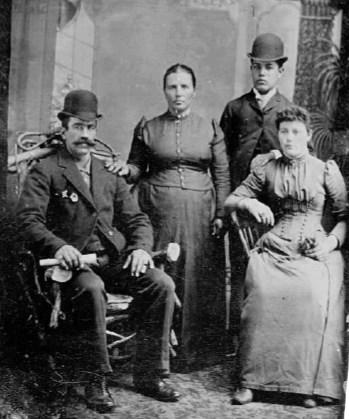
Richard Bissonnette, Adèle Marleau, their son Alfred and their daughter Marie-Laure (collection Gisèle Gareau)
1802, at the age of 61.
5. Jean-François Bissonnette married on January 18, 1785, in Les Cèdres, Quebec, Geneviève Desrochers, daughter of JeanBaptiste Desroches and Marie-Marguerite Leroux of Les Cèdres. They will have at least 9 children (François, Geneviève, Josephe, Jean-Marie, Nicolas-Paul, Charlotte, Guillaume, Joachim and Josephte) Jean-François, died on February 27, 1840, at the age of 76.
6. François Bissonnette married on October 24, 1823, in Les Cèdres, Marie Ranger, daughter of Jacques-Amable Ranger and Louise Brisebois. They will have at least 2 children (Justine and Joachim) and François died on September 13, 1863 at the age of 76.
Victorine Marleau (standing) with Adèle Marleau and Richard Bissonnette (collection Gisèle Gareau)
7. Joachim Bissonnette married on November 9, 1847, in Coteau-du-Lac, Élisabeth Roussel, daughter of Jean-Baptiste Roussel and Eugénie Ravary. They will have at least 7 children (Joachim, Richard, Anne, Antoine, Georges, Joseph, Marie)
One of the founding families of Saint-Lazare - The Bissonnette family.
8. Richard Bissonnette, farmer, married on June 18, 1872, in Coteau-du-Lac, Adèle Marleau, daughter of Antoine Marleau and Élisabeth Boileau. They settled on lot 231 of Lotbinière Road in SaintLazare. Adèle was born in 1852 and died on July 29, 1929, at the age of 77. Richard was born on June 22, 1852, and d ied in Saint-Clet on Sunday,
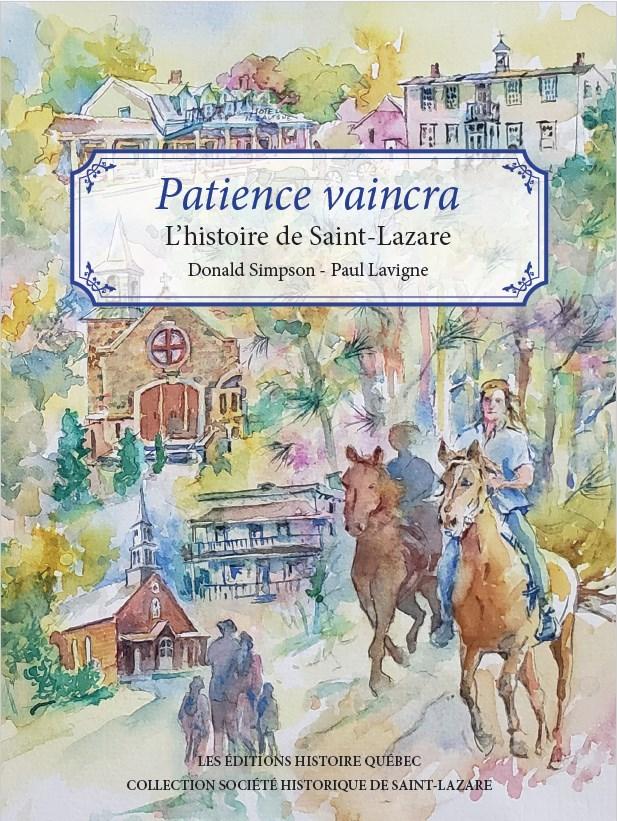
April 28, 1935, at the age of 82 years and 10 months at the home of his daughter Marie-Joseph and his son-in-law Anselme Huneault where he lived the last years of his life.
They will have at least 14 children, 7 girls and 7 boys, Marie-Laure (Elzéar Rozon, on June 8, 1909), Adèle (Alexandre Marleau, on January 11, 1898), Elzéar, Marie-Louise, Georges, Maria (Adolphe Therrien, on April 19, 1909), Angélina (Godefroid Malette, on May 15, 1911), MarieJoseph (Anselme Hunault, on September 29, 1920), Valentine (Cléophas Marleau, on March 7, 1921), Richard, Omer, Esdras, Alfred (Alexina Marleau, on January 11, 1898), and Émilien (Zélia Gagné).
The Saint-Lazare Historical Society is proud to announce the pre-sale of the book Patience Vaincra—L’histoire de Saint-Lazare.
The book, available in softcover ($45.00), hardcover in a commemorative slipcase ($90.00) and in digital version ($20.00) will be available at the end of November 2024 but can already be ordered by making an Interac transfer to the email address: tresorerieshsl@gmail.com and using the password 1875.
All books purchased in pre-sale can be picked up at the Saint-Lazare Christmas Market on November 30 or December 1, 2024.

Patience vaincra, a book commemorating SaintLazare 150th anniversary
By Paul Lavigne
According to the Larousse dictionary, a commemoration is the action of commemorating, recalling the memory of an event, a person, or a ceremony held on this occasion. Although the historical society community is familiar with the concept, no one jumps into the arena of commemoration without good preparation. What are the important preliminary steps to ensure its success? Whatever the nature of the commemoration, the circumstance or the individual we wish to celebrate, research and validation of historical data are essential.
The city of Saint-Lazare, will celebrate its sesquicentennial (150 years) in 2025, and the Saint-Lazare historical society will play a key role in the commemorative activities that mark the founding of the city in 1875. How can we pay a faithful tribute to this equestrian community that, although it changed very little during its first 80 years of existence, experienced incredible growth since the end of the 1960s, to the point of being among the fifty largest cities in Quebec?
Among the initiatives launched by the leaders of the Saint-Lazare historical society, we should mention the writing of the commemorative book Patience vaincra, which relates not only the first 150 years of the city, but also the history of the territory during it’s occupation by nomadic indigenous peoples, following the arrival of the French and the founding of the seigneury of Vaudreuil, during the British Conquest, during the American Revolution and the tumultuous period of the Patriots and, finally, after its request for secession of the parish of Saint-Michel-de-Vaudreuil.
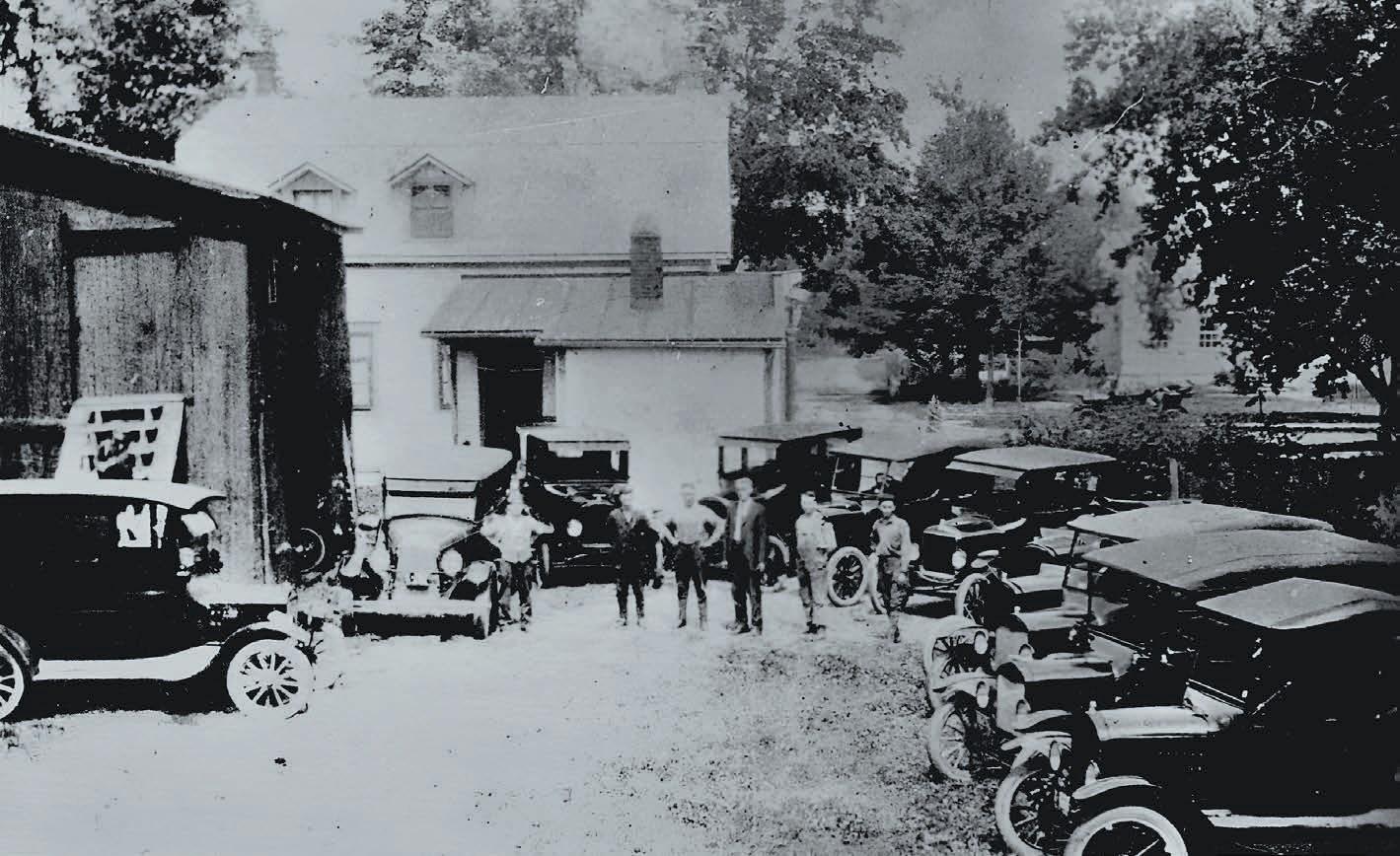
But how do you put such a reference work on paper when the living memory is almost nonexistent? The answer lies in research. As part of the aforementioned project, all the minutes of the municipal councils, from the very first dated February 1876 to the most recent, were consulted, analyzed and interpreted. Deciphering the handwriting of the first secretariestreasurers was sometimes a miracle, but these were so interesting as they were overflowing with information, sometimes relevant and historical, sometimes anecdotal and colorful. Like a novel, these summaries offered a faithful vision of our community life and its development over the years.
l’Outaouais–Saint-Laurent [1968] and the Journal Première Édition du SudOuest de Vaudreuil-Dorion [1986]), in microfilm format or in digitized files, week by week, published from 1952 to the present day. More than 70 years of articles, announcements and news items that depict in detail the evolution of the municipality of Saint-Lazare and that of the greater Vaudreuil-Soulanges region were examined with a finetooth comb. Every text and every photo relating directly or indirectly to the city of Saint-Lazare were preserved, offering the Saint-Lazare historical society an incredible opportunity to acquire an unparalleled media archive that will facilitate the many research projects of the years to come.
In addition to municipal councils, the authors combed through all the region’s weeklies (newspapers such as La Presqu’île [1952], L’Écho de Vaudreuil-Soulanges [1957], L’Étoile de
Like an archaeologist who discovers a treasure buried deep in the ground,
Ford car dealership on chemin Sainte-Angélique in the village in 1915 (collection famille Lyne Dessureault)
reading and analyzing these reference documents allowed the authors of the book to draw up an embryonic image of the young municipality. However, nothing can replace the human side, family celebrations, and customs and traditions passed down from generation to generation.
Extensive research has identified more than a hundred original families, present when the city of Saint-Lazare was founded at the end of 1875 and who are still present here, in one form or another.
Lazare with us, was the final and undoubtedly the most exciting stage of the research.
A general call among these families has made it possible to collect and digitize more than 5,000 photos testifying to various aspects of life in SaintLazare over the years. The biggest challenge was to make residents realize that the photo of their grandparents in front of the family farm in 1910 had tremendous heritage value. Old photographs, long hidden in the back of a closet, resurfaced and their past was immortalized forever in the archives of the Historical Society.
The research phase related to writing the commemorative book thus entered its final stage. We had finalized the collection of empirical data (statistics, election results, municipal decisions, census information, news items, openings and closings of businesses, significant events, etc.) that came from official documents, minutes and newspapers, and we had in hand the photos entrusted by the families. Our meetings with the elders of the community, people who, with great pleasure, shared their most beautiful memories of Saint-
Often, starting simply with a photograph of a building, a car or a loved one, these ancestors related in detail their most precious memories. We only had to ask a question or two from time to time for the story to resume in earnest on another subject arising from a thought or an evocation, eloquent and fascinating . Family stories, anecdotes, evenings by the fire, snowmobile or sleigh rides were shared, sometimes with a touch of nostalgia and a tear in the eye, but always with a smile. Thanks to these exchanges and confidences, the great portrait of life in Saint-Lazare completed itself. The soul of the municipality took shape before our eyes, and we ultimately had all the information required to write the manuscript. A work that would take, from the first stages of research to publication, almost two years.
The originality of the composition of the book Patience vaincra, which commemorates the 150th anniversary of SaintLazare, lies in the integral and exhaustive history of the territory of the municipality recounted from its beginnings to the present moment. It is a perspective that allows us to better understand the social and economic development of the city and the region over the years, all on a complex human and family canvas.
